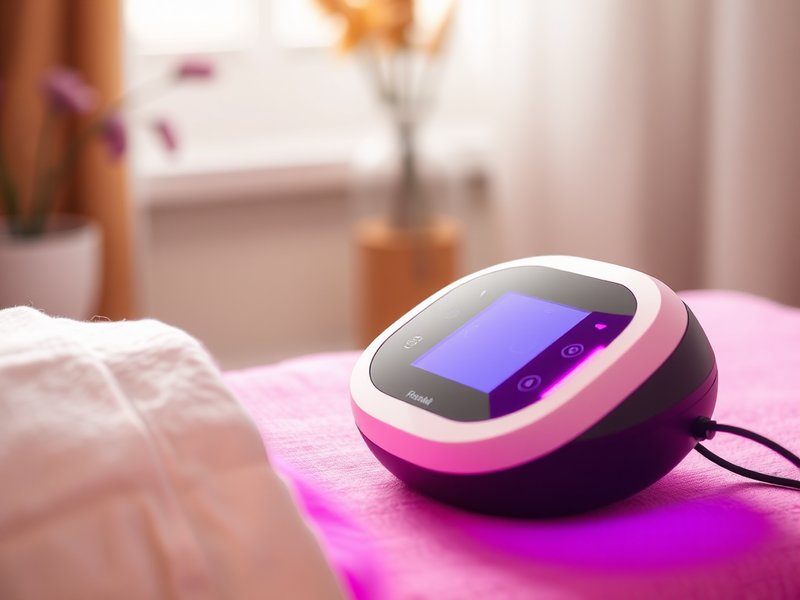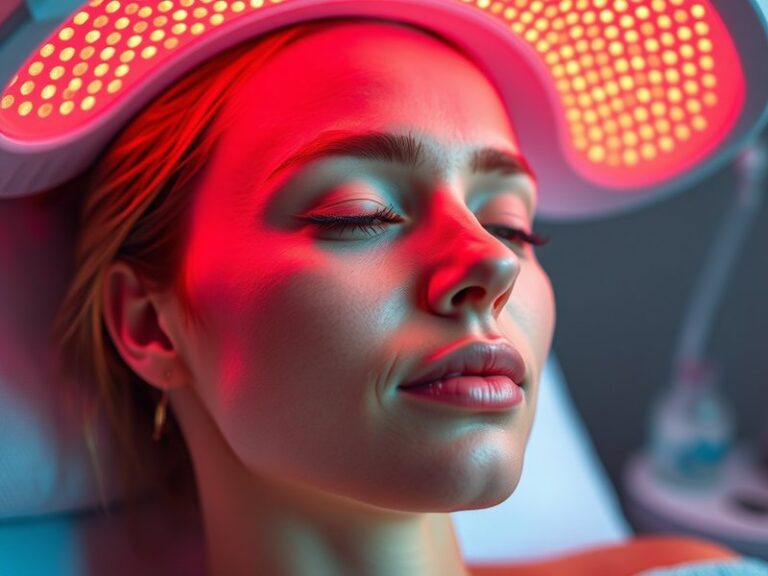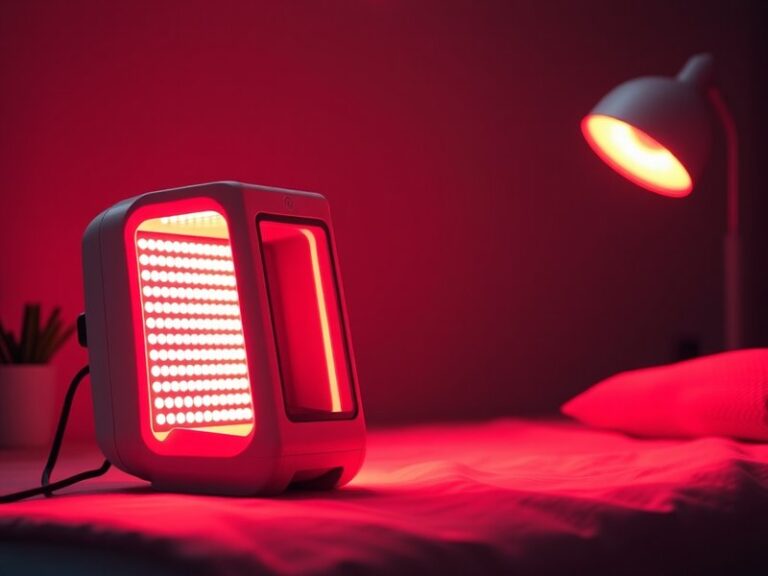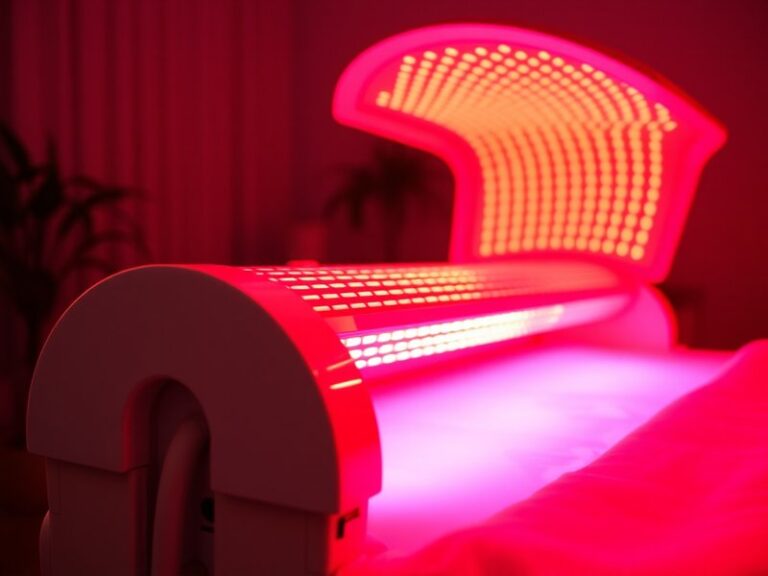What Products Do You Use With Red Light Therapy?
What Products Do You Use With Red Light Therapy?
Are you curious about how to enhance your red light therapy experience?
Get the whole scoop Can Red Light Therapy harm skin?
This article will explore the various products that can be used in conjunction with red light therapy, providing insights into how they can maximize the benefits of your treatments. From gels to devices, we’ll cover essential products, their benefits, and considerations for use.
Key Takeaways
- Red light therapy can be enhanced with specific products that increase its effectiveness.
- Various types of products—including topical gels, devices, and accessories—are available to support red light therapeutic outcomes.
- Choosing the right product can significantly improve your treatment experiences and results.
What is Red Light Therapy?
Red light therapy (RLT) is a non-invasive treatment that utilizes low wavelengths of red light to promote healing, reduce inflammation, and rejuvenate the skin. Originating from research into photobiomodulation, RLT has gained popularity for its applications in skincare, pain relief, and overall health improvement.
The therapy works by penetrating the skin and stimulating cellular processes. This process is believed to enhance mitochondrial function, promoting ATP production and leading to improved energy levels in cells.
Key Products Used in Red Light Therapy
Various products can complement red light therapy, such as:
- Topical Gels: These gels can enhance the absorption of light and aid in healing by providing moisture and nourishment to the skin.
- LED Devices: Different types of LED devices are designed specifically for red light therapy, with varying wavelengths for specific treatments.
- Accessories: Items like goggles or protective eyewear are essential for eye safety, ensuring that the therapy is effective and safe.
What are the Benefits of Using Products with Red Light Therapy?
Utilizing the right products during red light therapy can unlock several advantages. Below are some primary benefits.
Enhanced Absorption
Topical gels can improve the penetration of light into the skin, increasing the therapy’s efficacy and providing deeper tissue benefits. High-quality gels may contain ingredients that complement the therapy, such as aloe vera for hydration and soothing properties.
Targeted Application
LED devices come in different shapes and sizes, allowing targeted treatment for specific areas of the body, such as joints for pain relief or the face for anti-aging. This tailored approach can lead to more effective skincare and pain management protocols.
Convenience and Accessibility
Many red light therapy products are designed for home use, offering a straightforward way to incorporate therapeutic sessions into daily routines. Home devices can provide flexibility in treatment schedules and prevent the need for frequent clinic visits.
Complementary Effects
Products designed for use with red light therapy, such as anti-inflammatory or moisturizing ointments, can have synergistic effects, improving overall outcomes. For instance, using a collagen-boosting serum after treatment may enhance skin elasticity and healing.
For an in-depth look, see Does Red Light Therapy Eliminate Scabies?
Is it Possible to Use Multiple Products with Red Light Therapy?
Yes, using multiple products in conjunction with red light therapy is not only possible, but it can also be beneficial.
What are the Advantages of Using Multiple Products?
- Broader Spectrum of Benefits: Combining products can allow for a comprehensive approach, addressing multiple concerns simultaneously, whether they relate to skincare, inflammation, or pain.
- Informed Choices: Patients can tailor their treatments based on personal needs, enhancing the effectiveness of red light therapy.
- Enhanced Experience: Using various products can make the treatment more pleasant and effective, as users can enjoy the combined benefits of light therapy and topical treatments.
What are the Disadvantages of Using Multiple Products?
- Compatibility Issues: Not all products will work well together; some ingredients may negate the effects of the light therapy.
- Potential for Overuse: Excessive product application can lead to skin irritation or sensitivity, so balance is key.
- Cost Consideration: Investing in multiple products can lead to higher overall costs, which may be a concern for some users.
What are the Things to Consider Before Using Products with Red Light Therapy?
Before using any products with red light therapy, it’s crucial to consider several factors.
Ingredient Compatibility
Always check for ingredients that may interact negatively with the light therapy. Avoid heavy oils or ingredients that could block light absorption, such as thick creams.
Skin Type and Sensitivity
Different products work best on different skin types. Always assess whether your skin is sensitive or prone to reactions and choose products that are suitable for your individual needs.
Quality of Products
Ensure that the products chosen are reputable and proven safe. Look for clinical studies or user testimonials that support their effectiveness in conjunction with red light therapy.
What are the Alternatives to Using Products with Red Light Therapy?
If you prefer not to use additional products, there are alternatives that can provide similar benefits or outcomes.
Natural Oils
Certain natural oils, such as jojoba or rosehip oil, can hydrate and soothe the skin without interfering with red light therapy. They may promote skin health through natural fatty acids and antioxidants.
Diet and Hydration
Maintaining a balanced diet and staying hydrated can enhance the results of red light therapy. Nutrients such as vitamins A, C, and E support skin health and can be more effective when combined with RLT.
Physical Therapies
For pain relief, combining red light therapy with physical therapy or acupuncture can provide comprehensive care. These therapies may enhance overall body repair and wellness outside of the light therapy sessions.
Conclusion: Is it Recommended to Use Products with Red Light Therapy?
It is highly recommended to consider using products with red light therapy for enhanced benefits and improved outcomes. By carefully selecting compatible products, users can optimize their therapeutic experience. Ultimately, experimenting with different combinations may reveal what works best for individual needs, leading to more satisfying results.
Frequently Asked Questions
What types of gels are best for red light therapy?
Look for gels that are free from heavy oils and contain moisturizing ingredients like aloe vera or hyaluronic acid to enhance light absorption and soothing effects.
Can I use lotions after red light therapy?
Yes, you can use lightweight lotions or serums after therapy, ideally ones that support hydration and skin repair without obstructing light penetration.
How often should I use red light therapy with products?
Frequency can vary based on personal needs. Generally, sessions 3-5 times a week are recommended, but consider your specific goals and skin response.
Are there any risks to combining products with red light therapy?
While most products are safe, be cautious about skin reactions. Conduct a patch test with new products to ensure compatibility before full use during sessions.






